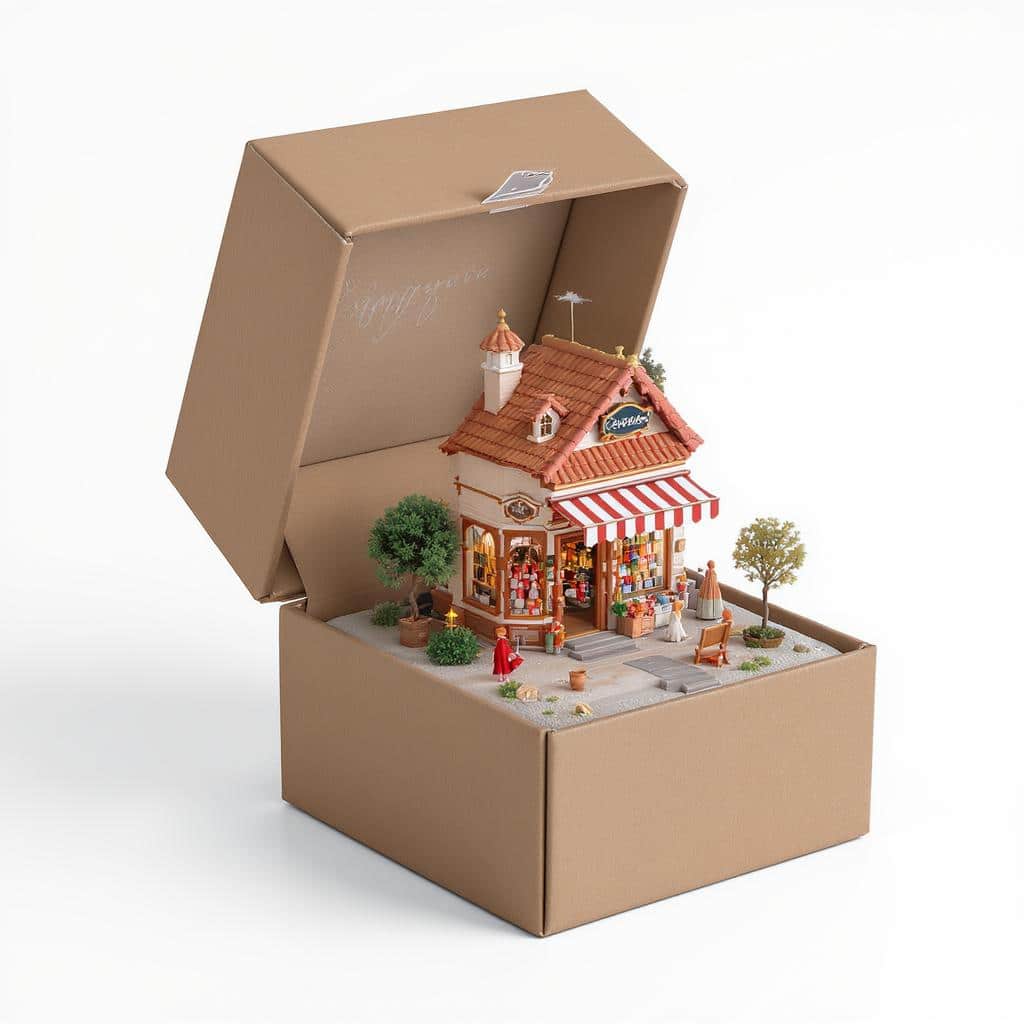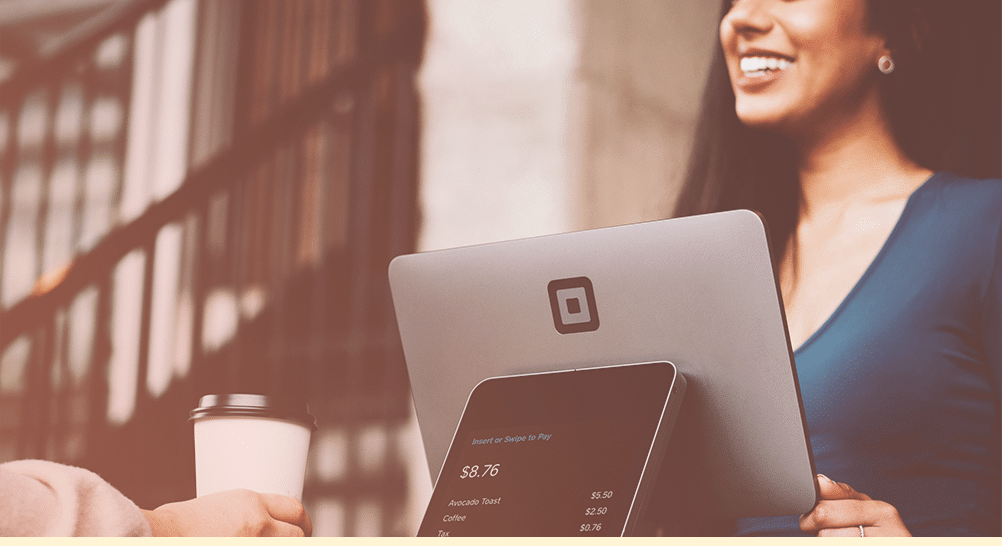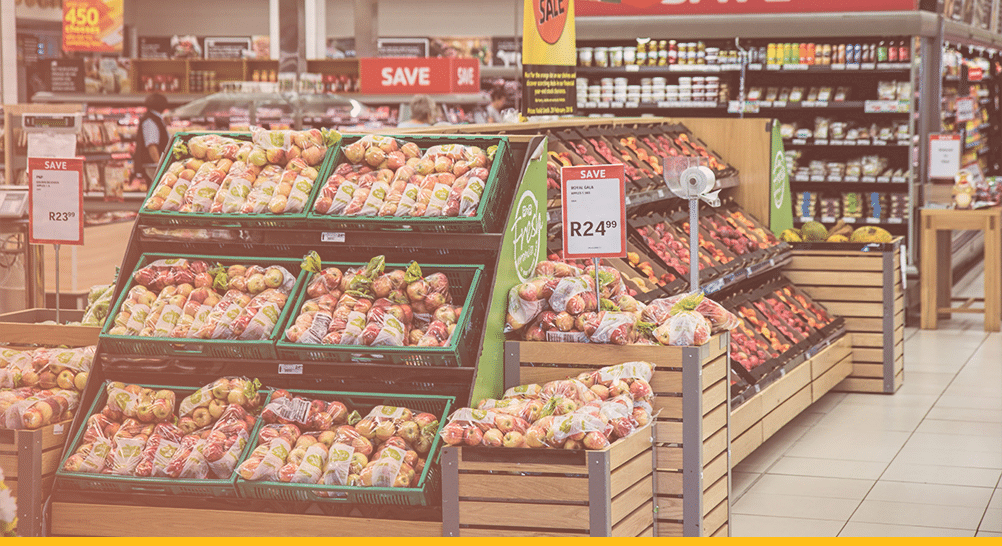As the COVID-19 pandemic spread across the globe, it left devastation and uncertainty in its wake. While some retailers profited, others perished. In verticals like fashion, specialty, and food, retailers experienced sharp sales declines due to temporary closures. Meanwhile, other verticals like grocery saw increases in traffic as consumers prepared for social distancing and stay-in-home orders. Adding a layer of complexity, even within a single vertical like convenience, retailers experienced disparate results as some items like packaged goods sold well while others, like pre-cooked meals, sold poorly.
Consumers’ unusual behavior in this unique time strained supply chains and store logistics, and made it unusually difficult for retailers to plan for the future. At MarketDial, we were uniquely poised through it all to see the raw data of some of these interesting trends and measure COVID-19’s retail impact for businesses.
Given the current market uncertainty, we assisted clients by modeling the impact of COVID-19 on their specific businesses. More specifically, we created a tool that helped our retailers project the impact of COVID-19 on their business. Our approach leverages sophisticated machine-learning projections of store- and department-level weekly sales volumes and then models individual impact scenarios to quantify COVID-19’s potential impact to a business.
Given the overwhelming feedback we have received from our clients regarding this COVID-19 business-impact projection tool, we have decided to provide the model publicly so retailers can use it worldwide. The purpose of this article is to (1) generally explain how our model works and what it does, and (2) provide retailers with public access to it.
This article is written with retail analysts in mind. Though we have attempted to make the statistics accessible to everybody, the below information may cater more towards statistically oriented analysts.
The Model
Put simply, the model we have created takes the previous two years of a retailer’s point-of-sales data and, by harnessing machine learning, creates a base-case prediction for that retailer’s coming year of sales. Once this base case is established, a retailer can input predictions on how COVID-19 may impact sales volumes by category, store, and overtime. Additionally, by uploading each new week’s data as it is gathered, a retailer can measure COVID-19’s retail impact. By having both (1) a prediction of COVID-19’s effects and (2) a history of its actual effects, retailers can rely on data to make decisions that range from staffing to stocking.
Estimating the “Base-Case”
Projection of sales is one of the most important uses of machine learning in retail, yet creating a proper projection can be difficult. We have found that different models work better for different geographies and different retail verticals. While we tried several unique modeling approaches, the model that worked best used comp weeks and a trailing average of sales volume to project future volume by store and department for the remainder of the year. These projections have been trained on historical data prior to any major effects of COVID-19 on the business (~January in US). In doing so, the projections provide a baseline weekly prediction for each major category. In testing the predictions generated by this model for previous sales years against actual sales data, we see that category-level projections can range in prediction accuracy from 92% to 99%, but found that overall volume projections using this model are ~96% accurate on average.
Once you have trained a baseline projection, you have a solid foundation to perform two essential tasks:
(1) create scenarios regarding how volume can vary by category, store, and over time to project business impact
(2) track overall COVID-19 impact over time to see how actual sales volume varies over time (ie, which categories increase in sales, and which see declines)
Scenario modeling to measure COVID-19’s retail impact
One of the biggest challenges with the current COVID-19 pandemic is that, much like the virus itself, the situation is novel and has many unknowns. This can make it difficult to estimate outcomes. Instead of pretending to know the outcome in each, this model gives you a tool with which you can input your estimations (for example, that dry-cereals sales will increase by 2%) and see the overall impact of that COVID-19-based project as compared to the estimated base case.
Testing various scenarios can be a powerful way to understand the range of possibilities and help the business know how to make decisions given the best and worst of what could happen. We have helped our clients create scenarios that take into account different variations including:
- Geo-level effects: For example, some countries are taking different measures to combat the COVID-19 pandemic, likely leading to different business impacts for your retail locations across countries. Similarly, geo-specific effects will be felt in different regions within countries.
- Department-level effects: As consumers change buying habits, some products will see higher demand while others will become less relevant. This will lead to some departments seeing gains while others see losses, which can be accounted for in the impact scenarios generated by the model.
- Weekly effects: As the pandemic progresses, shopping habits will change. While timing of the pandemic remains one of the largest unknowns, looking at different consumption curves can help you understand potential business impacts.
Leveraging the base-case predictions for store volume makes it possible to add layers of scenarios with different geo-, department-, and weekly-effects to quantify business impact. A simple spreadsheet is a great tool for this, taking the base-line projections and adjusting estimated sales volumes based on different levels of geo-, department- and weekly-effects. For example, some of our clients have looked at worst-case scenarios where impact is substantial and sustained to varying degrees across geographies, as well as other bounce-back scenarios where impact is heavy but short-lived over the next few weeks.
Tracking impact
This modeling also allows retailers to track the impact of COVID-19 in real time as retailers observe how sales change related to base-line predictions. Our model accomplishes this by simply comparing actual sales volume to those predicted as the base case. And the model can accomplish this at a store or department-level granularity as weekly data rolls in (depending on the granularity of your predictions, we have found that weekly predictions are much more accurate than daily). Again, a simple spreadsheet or dashboard can be an effective way to track impact-to-date.
This tracking of impact can serve as a helpful feedback tool to understand how to adjust your scenarios so that future predictions can more accurately reflect changes in the market. This will become critical as retailers respond to rapidly shifting customer preferences and needs during the pandemic.
Use Our Model
These are tricky times for retailers, presenting both challenges and opportunities. Given the uncertainty about the future, it is more important than ever to understand what you can, control what you can, and plan for the uncertainty that you can’t control. Leveraging predictive analytics to plan for your business is more important than ever and MarkteDial is here to help you do it in an efficient and accurate way. Accordingly, we have made publicly available our battle-tested projection model (Python) and scenario model (Excel) on this GitHub for retailers to leverage. We will continue to update this page as we build more tools for COVID-19 scenario modeling.
In addition, MarketDial would love to help any retail friends out there that are working through these challenging times. Please reach out to us at [email protected] to learn more about how we can help.
MarketDial conducted a webinar with Johnny Stoddard, our Chief Data Scientist, to discuss this model and how it impacts retailers/how retailers can utilize the model to its full extent. Click here for the webinar recording.




